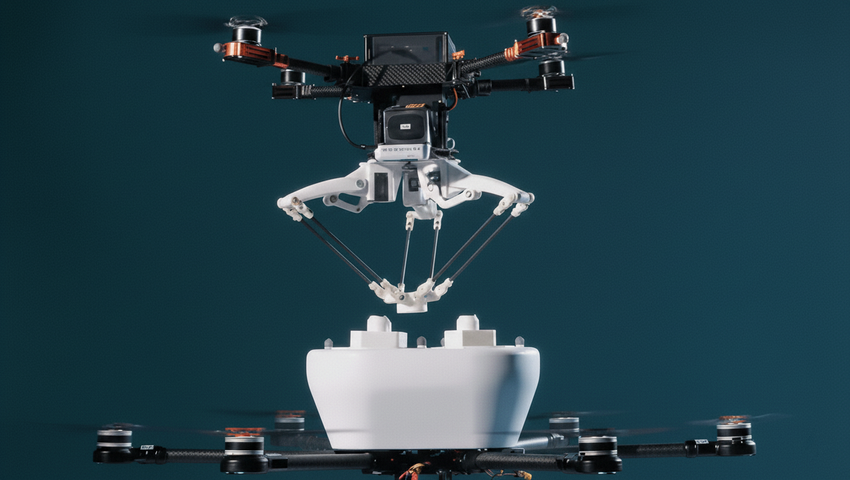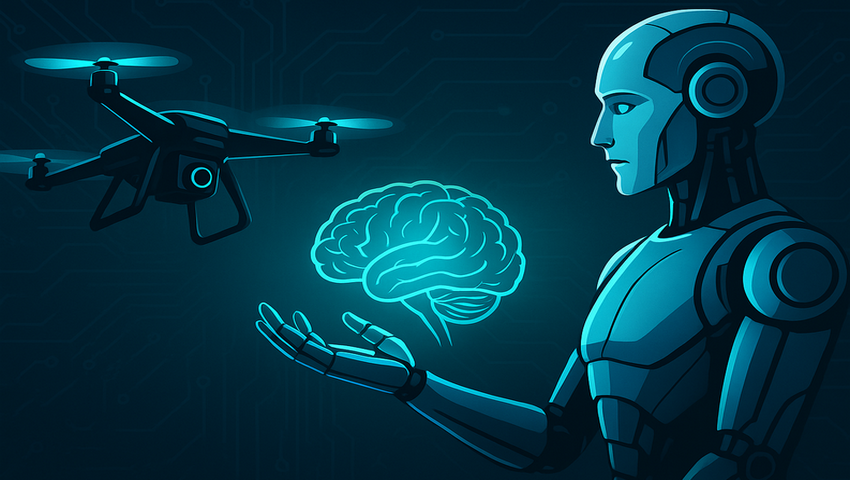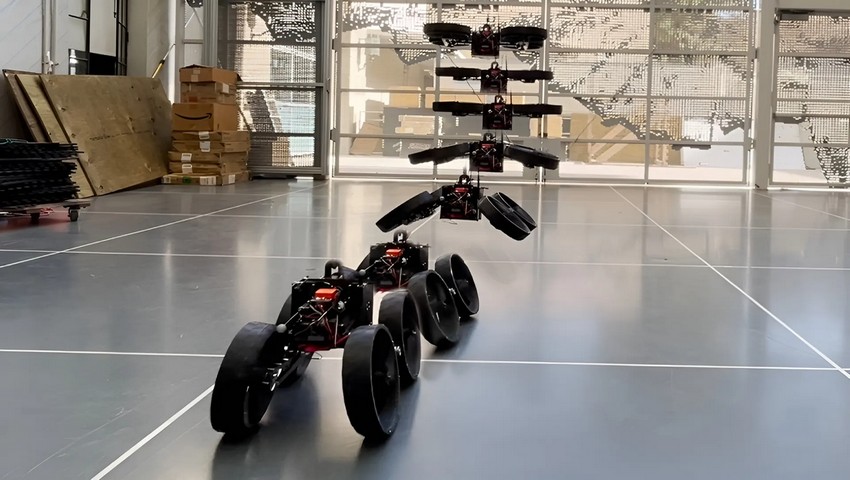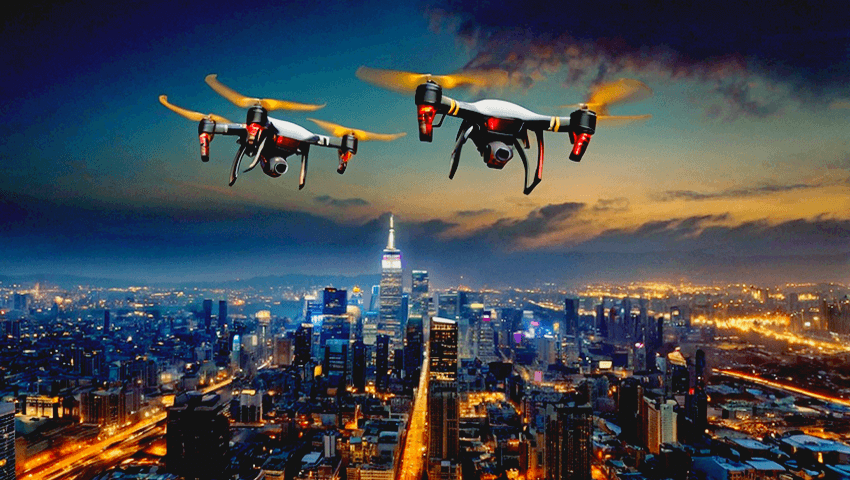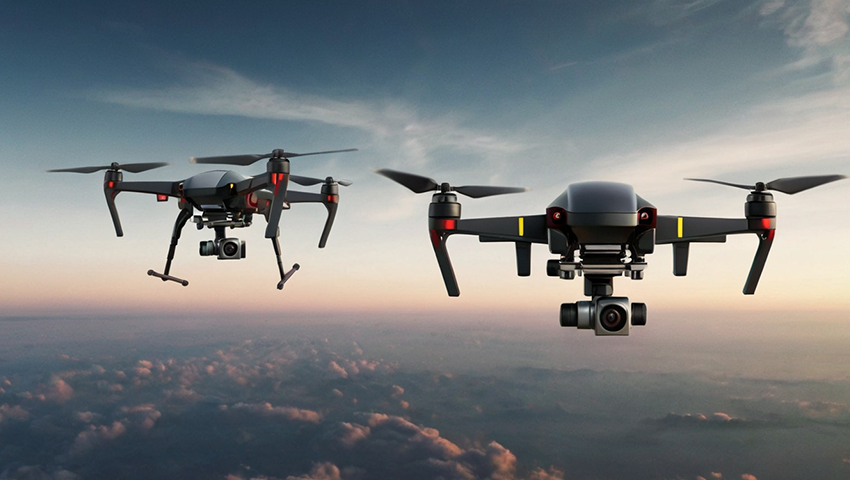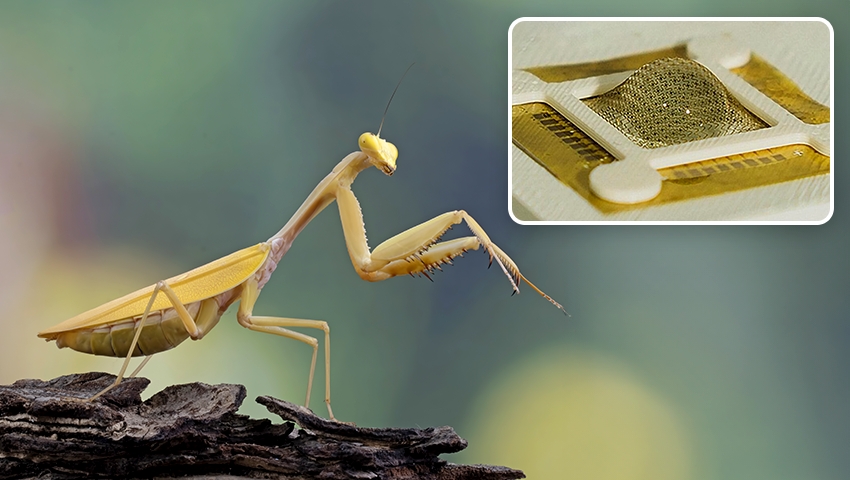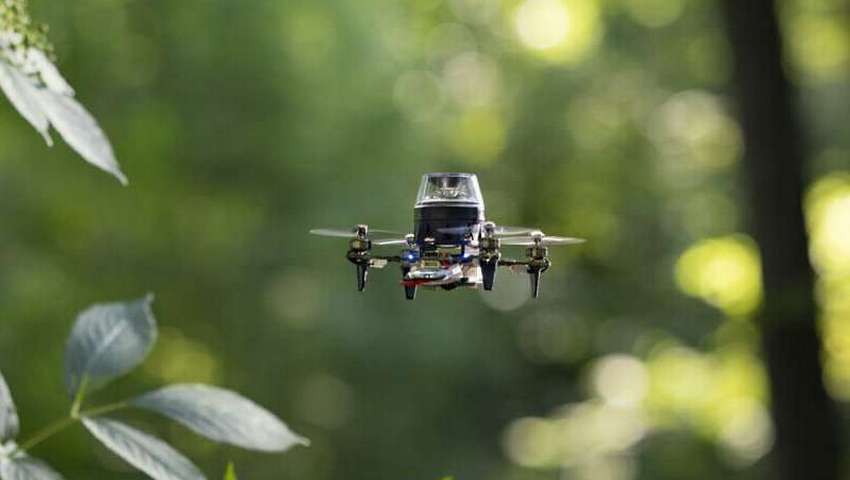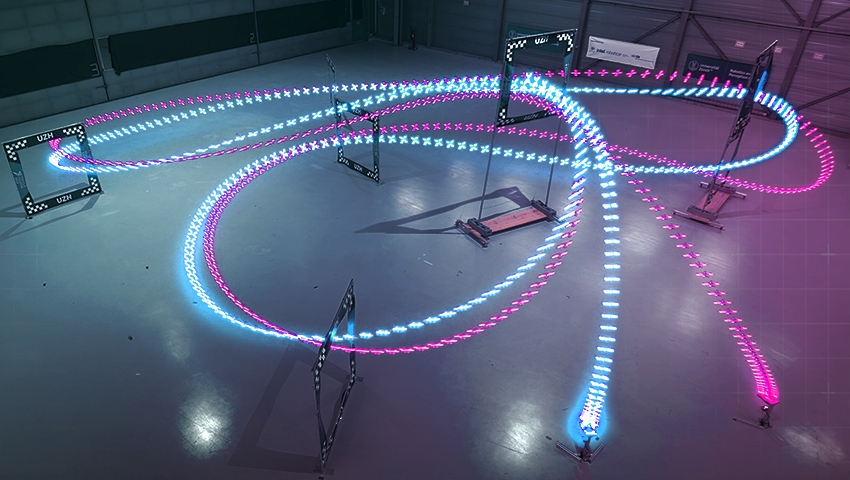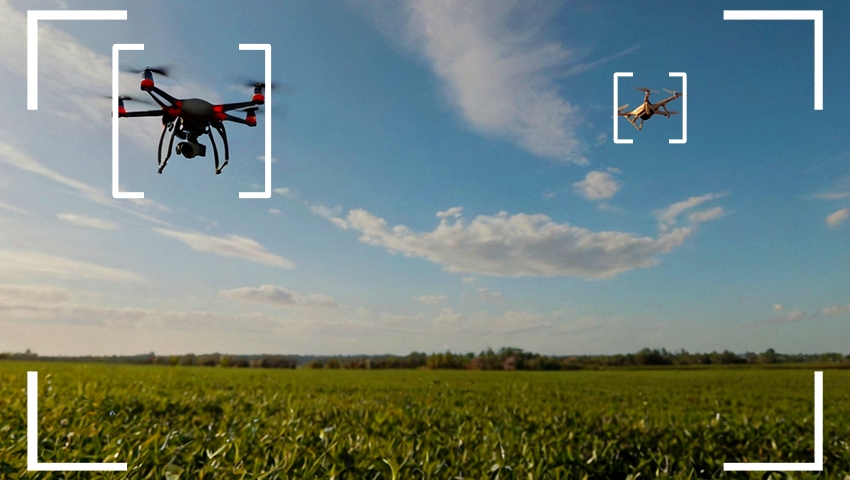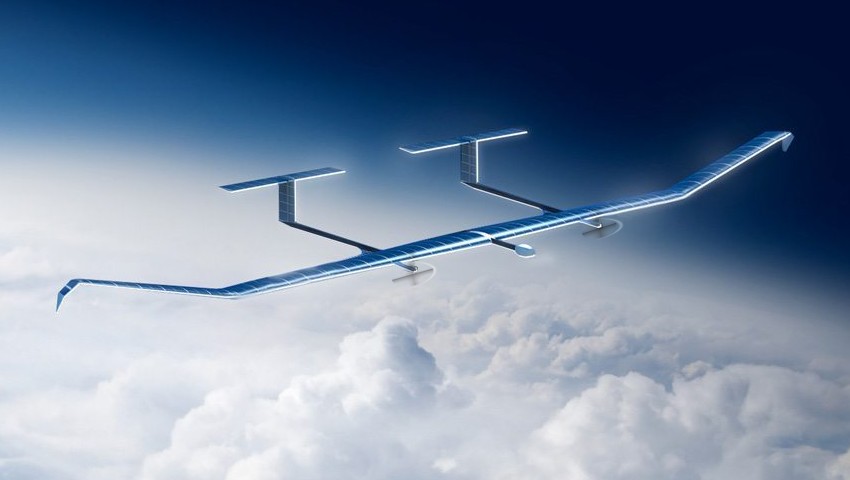FlyingToolbox is a drone system capable of docking and exchanging tools mid-air, even in turbulent airflow. This technology enables precise multi-stage operations: from maintenance and high-altitude construction to emergency response missions.
Now AI can autonomously generate the “brains” of robots, creating a fully functional drone control system 20 times faster than humans. The experiment with generative AI models like ChatGPT, Gemini, and Claude reveals both the potential and current limits of machines building machines.
Skydweller is a solar-powered drone designed for long-endurance missions. With AI-powered radar, self-healing systems, and the ability to fly autonomously for up to 90 days straight, it sets a new standard for persistent aerial surveillance and data collection.
ATMO is a robot that transforms mid-air from a flying drone into a ground rover. By overcoming the long-standing challenge of hybrid robots getting stuck on rough terrain, this breakthrough unlocks new possibilities for autonomous delivery, disaster response, and planetary exploration.
MIT researchers have developed MiFly, a low-power, RF-based system that enables drones to self-localize in complete darkness, indoors, and in low-visibility conditions. By using a single backscatter tag and dual-polarization radar, MiFly navigates without relying on visual cues or external infrastructure.
The two-trajectory planning system lets MAVs explore unknown paths while always maintaining a safe backup route. Powered by LiDAR-based perception and the CIRI algorithm, drones dynamically generate real-time flight paths for high-speed navigation in unpredictable environments.
The Indian Patent Office has granted a patent for the innovative landing system for mini-UAVs. This technology enables precise landings in challenging terrains and has potential applications in both military and civilian logistics, including high-altitude deliveries and emergency.
A low-cost, innovative accident avoidance system for drones uses onboard sensors and cameras to autonomously prevent mid-air collisions. This technology is crucial for UAV operations, ensuring safety and efficiency in increasingly crowded airspaces.
A new computer vision system significantly reduces energy consumption while providing real-time, realistic spatial awareness. It enhances AI systems' ability to accurately perceive 3D space – crucial for technologies like self-driving cars and UAVs.
Researchers created insect-inspired autonomous navigation strategies for tiny, lightweight robots. Tested on a 56-gram drone, the system enables it to return home after long journeys using minimal computation and memory.
Drone racing has been used to test neural networks for future space missions. This project aims to autonomously manage complex spacecraft maneuvers, optimizing onboard operations and enhancing mission efficiency and robustness.
With the significant rise in UAV usage in recent years, concerns about their safety have also increased. In this regard, a new system has been developed that leverages computer vision and deep learning algorithms to accurately and quickly detect and track drones.
The solar-powered Zephyr drone has set world records for endurance and altitude, staying aloft for 64 days at heights of up to 75,000 feet. With applications ranging from earth observation to mobile phone base stations, Zephyr provides critical connectivity in remote areas.

